Ensuring the secure transportation of goods is paramount in the logistics and transportation industry. At CarMax Vehicle, we understand the critical role that proper strapping plays in safeguarding your cargo during transit. This guide delves into the intricacies of effectively strapping pallets on a flatbed, providing you with detailed insights and actionable steps to enhance safety and efficiency.
Understanding the Basics: Why Proper Strapping Matters
Properly securing pallets on a flatbed is not merely a regulatory requirement but a fundamental practice to prevent cargo shift, reduce damage, and ensure the safety of all road users. Inadequate strapping can lead to severe consequences, including accidents, costly damages, and legal liabilities.
Key Reasons for Effective Pallet Strapping
- Safety Assurance: Prevents cargo from shifting or falling, protecting drivers and other road users.
- Cargo Integrity: Minimizes the risk of damage to goods, maintaining quality and customer satisfaction.
- Regulatory Compliance: Adheres to transportation laws and standards, avoiding fines and legal issues.
- Operational Efficiency: Reduces downtime caused by cargo inspections or accidents, ensuring timely deliveries.
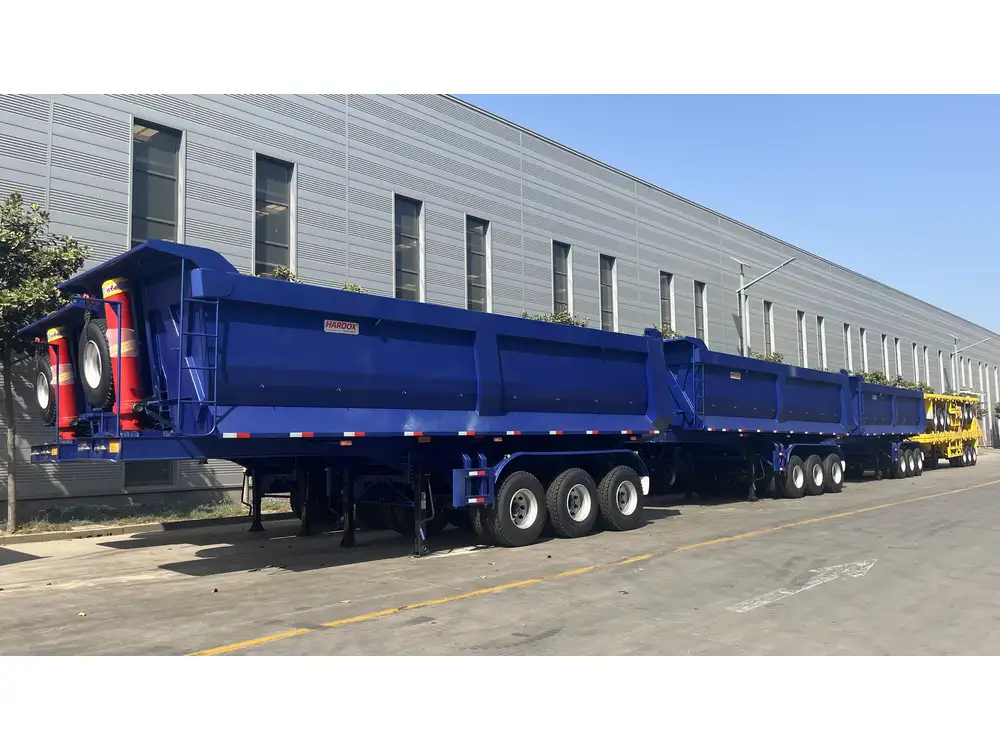
Selecting the Right Equipment: Straps and Accessories
Choosing the appropriate straps and accessories is crucial for effective pallet securing. The right equipment ensures that the load remains stable throughout the journey.
Types of Straps Suitable for Flatbed Cargo
| Strap Type | Material | Load Capacity | Best For |
|---|---|---|---|
| Polyester Straps | Polyester | High | Heavy-duty loads requiring maximum strength |
| Nylon Straps | Nylon | Medium | Versatile use with moderate load requirements |
| Ratchet Straps | Webbing with ratchet | High | Securing large and uneven loads securely |
| Bungee Cords | Elastic material | Light to medium | Temporary securing or lightweight cargo |
Essential Accessories
- Corner Protectors: Prevent straps from damaging pallet corners.
- Edge Protectors: Safeguard straps against pallet edges to avoid wear and tear.
- Ratchet Tensioners: Facilitate precise tightening of straps for maximum hold.
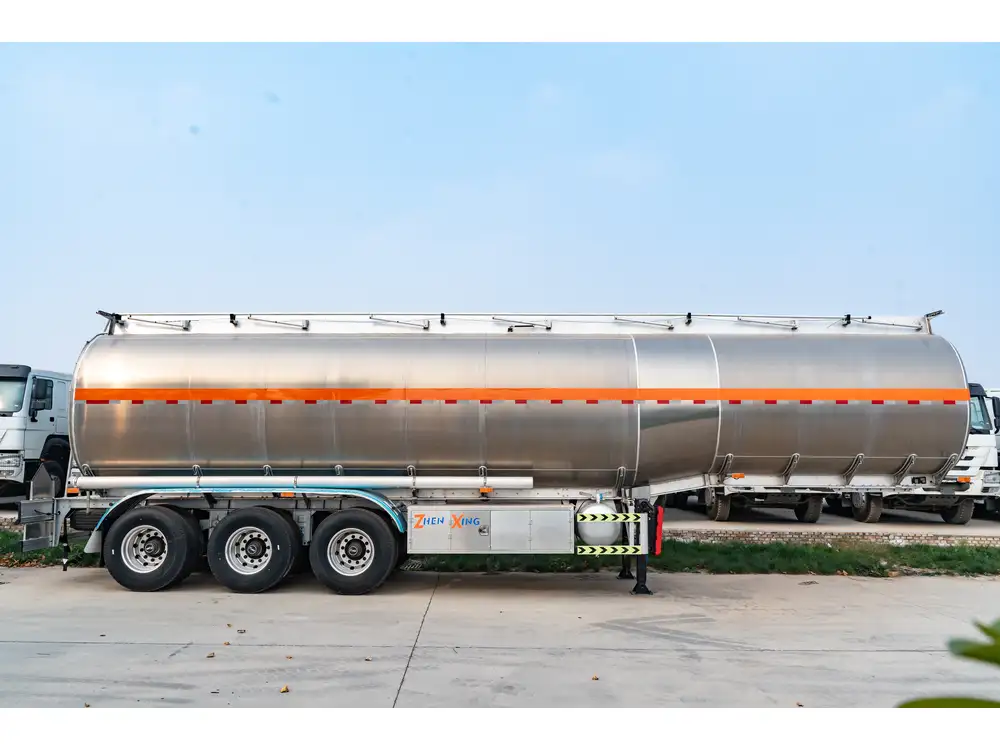
Preparing the Flatbed: Inspection and Layout
Before loading pallets onto the flatbed, a thorough inspection and strategic layout planning are essential to ensure optimal weight distribution and stability.
Flatbed Inspection Checklist
- Surface Integrity: Check for any damages, rust, or debris that could affect cargo stability.
- Tie-Down Points: Ensure that all anchor points are secure and accessible.
- Load Capacity: Verify that the flatbed can handle the weight of the pallets and cargo.
Load Layout Strategies
- Even Distribution: Distribute weight evenly across the flatbed to maintain balance.
- Center of Gravity: Position heavier pallets closer to the truck’s center to lower the center of gravity.
- Accessibility: Arrange pallets in a manner that allows for easy access during securing and inspection.

Step-by-Step Guide to Strapping Pallets on a Flatbed
Executing a systematic approach to strapping ensures that each pallet is securely fastened, minimizing the risk of movement during transit.
Step 1: Positioning the Pallets
- Alignment: Align pallets parallel to the length of the flatbed for optimal stability.
- Spacing: Maintain adequate spacing between pallets to allow for effective strapping.
Step 2: Selecting Strap Points
- Corner Placement: Attach straps to the corners of the pallet for balanced tension.
- Multiple Straps: Use multiple straps per pallet to distribute force evenly.

Step 3: Applying the Straps
- Threading: Pass the strap through the designated anchor points.
- Tensioning: Use ratchet tensioners to tighten the straps, ensuring firm adhesion without over-tightening.
- Securing: Lock the straps in place and trim any excess material to prevent snagging.
Step 4: Final Inspection
- Tension Check: Verify that all straps are adequately tightened and secure.
- Load Stability: Gently push against the pallets to ensure there’s no movement.
- Compliance Review: Confirm that the strapping meets all regulatory standards and safety guidelines.
Best Practices for Maximum Security
Adhering to best practices enhances the effectiveness of your strapping efforts, ensuring the highest levels of cargo security.

Comprehensive Best Practices
- Use High-Quality Straps: Invest in durable, high-tensile straps to withstand the rigors of transportation.
- Regular Equipment Maintenance: Inspect straps and accessories regularly for signs of wear and tear.
- Training and Education: Ensure that all personnel involved in loading and securing cargo are adequately trained.
- Documentation: Keep records of load configurations and strapping methods for accountability and compliance.
Common Mistakes to Avoid
Avoiding common pitfalls can significantly improve the reliability of your cargo securing practices.
Top Mistakes in Pallet Strapping
- Insufficient Strapping: Using too few straps can lead to inadequate support and increased movement.
- Over-Tightening: Excessive tension can damage cargo and the straps, compromising security.
- Neglecting Load Distribution: Uneven weight distribution can cause instability and increase the risk of accidents.
- Ignoring Strap Condition: Utilizing damaged or worn straps can fail under stress, leading to potential cargo loss.
- Skipping Inspections: Failing to inspect loads before and after securing can overlook critical issues affecting safety.
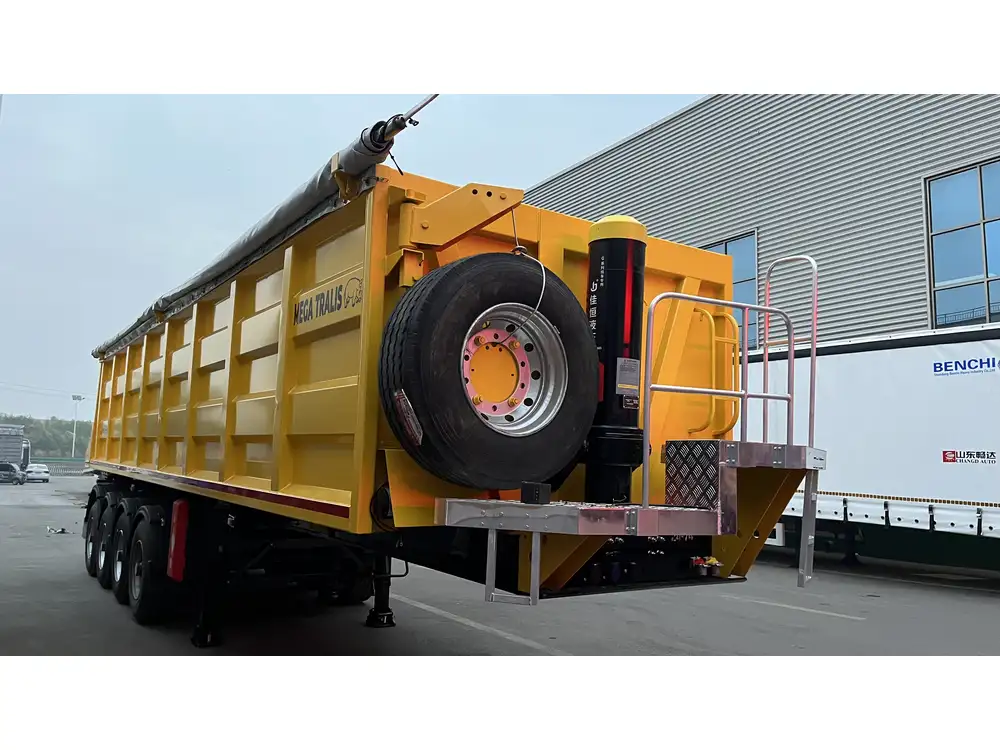
Advantages of Proper Strapping for Cargo Safety and Compliance
Implementing effective strapping techniques offers numerous benefits beyond mere compliance, enhancing overall operational efficiency and reputation.
Benefits Overview
- Enhanced Safety: Protects both cargo and personnel from accidents and injuries.
- Cost Savings: Reduces the likelihood of damage-related losses and lowers insurance premiums.
- Reputation Building: Demonstrates reliability and professionalism to clients and partners.
- Legal Protection: Ensures adherence to transportation laws, mitigating the risk of legal repercussions.
Leveraging CarMax Trailer’s Expertise for Optimal Strapping Solutions
At CarMax Trailer, we specialize in manufacturing high-quality flatbeds designed to accommodate diverse cargo securing needs. Our flatbeds are engineered with multiple anchor points, durable materials, and ergonomic designs to facilitate efficient loading and strapping processes.
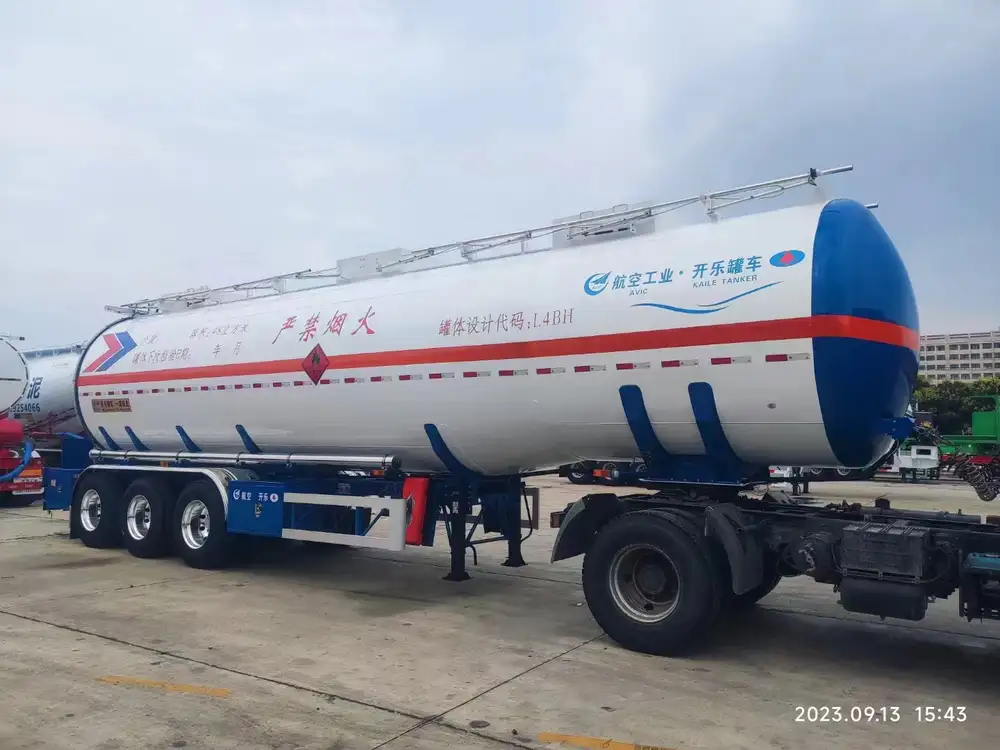
Key Features of CarMax Trailers
- Robust Construction: Built to withstand heavy loads and adverse weather conditions.
- Versatile Design: Accommodates various strapping methods and equipment for flexible use.
- Enhanced Safety Features: Includes integrated tie-down points and protective elements to safeguard cargo.
Comparison of Strapping Methods: Choosing the Right Approach
Different strapping techniques offer unique advantages depending on the specific requirements of your cargo and transportation needs.
Strapping Methods Compared
| Method | Advantages | Best For |
|---|---|---|
| Ratchet Strapping | High tension, secure hold, easy adjustment | Heavy and irregular loads |
| Cam Buckle Strapping | Quick to apply, suitable for lighter loads | Time-sensitive or light cargo |
| Self-Locking Strapping | Minimal manual effort, consistent tension | Medium-weight loads with uniform shape |
| Chain Tie-Downs | Extremely high strength, reusable | Overweight and large-scale cargo |
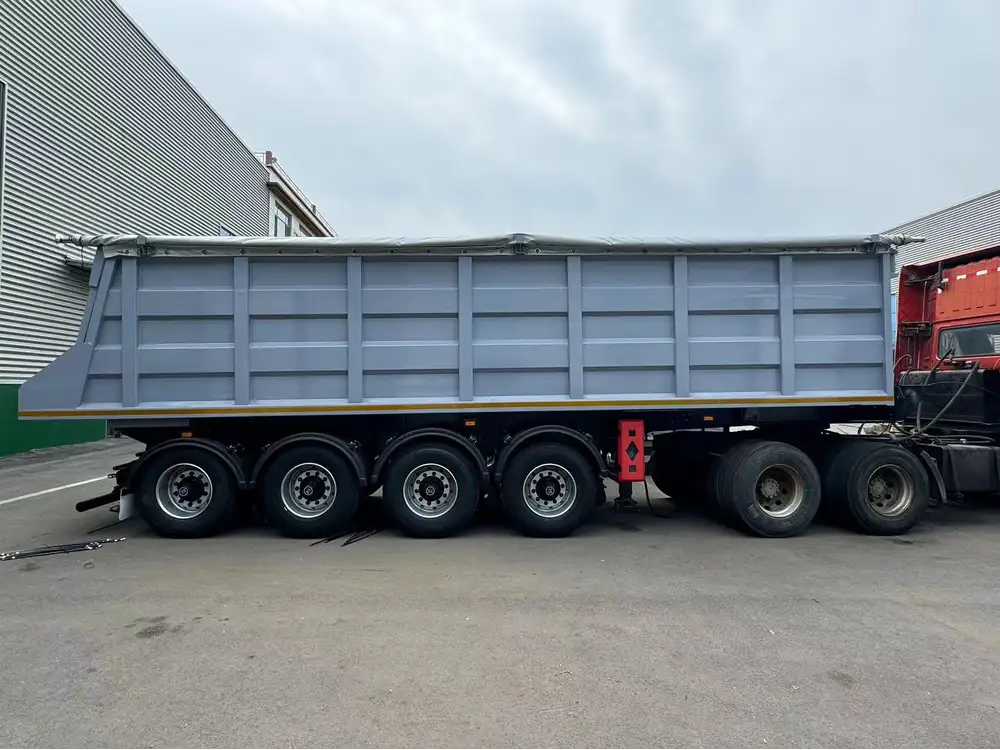
Implementing a Strapping Strategy: Step-by-Step Planning
Developing a comprehensive strapping strategy ensures consistency and reliability in cargo securing practices across all operations.
Strategic Planning Steps
- Assess Cargo Characteristics: Understand the weight, dimensions, and fragility of your pallets.
- Select Appropriate Straps: Choose strap types and accessories that match your cargo requirements.
- Develop Standard Operating Procedures: Create clear guidelines for loading, strapping, and inspection.
- Train Personnel: Ensure that all team members are proficient in the selected strapping techniques.
- Monitor and Review: Continuously evaluate the effectiveness of your strapping practices and make necessary adjustments.
Enhancing Efficiency with CarMax Trailer’s Innovations
CarMax Trailer continually innovates to provide solutions that streamline the strapping process, reducing time and effort while maximizing security.

Innovative Features by CarMax Trailer
- Integrated Strap Guides: Facilitate easy and accurate strap placement.
- Adjustable Tie-Down Points: Allow for versatile strapping configurations to suit various cargo types.
- Load Distribution Systems: Enhance weight balance and stability across the flatbed.
Ensuring Compliance with Regulatory Standards
Adhering to transportation regulations is non-negotiable for any logistics operation. Proper strapping ensures that your shipments meet all legal requirements, avoiding fines and sanctions.
Key Regulatory Standards
- Federal Motor Carrier Safety Administration (FMCSA) Guidelines: Specify the requirements for securing cargo on commercial vehicles.
- International Maritime Organization (IMO) Standards: Relevant for multi-modal transportation involving sea transit.
- Industry-Specific Regulations: Certain goods may have additional securing requirements, such as hazardous materials.
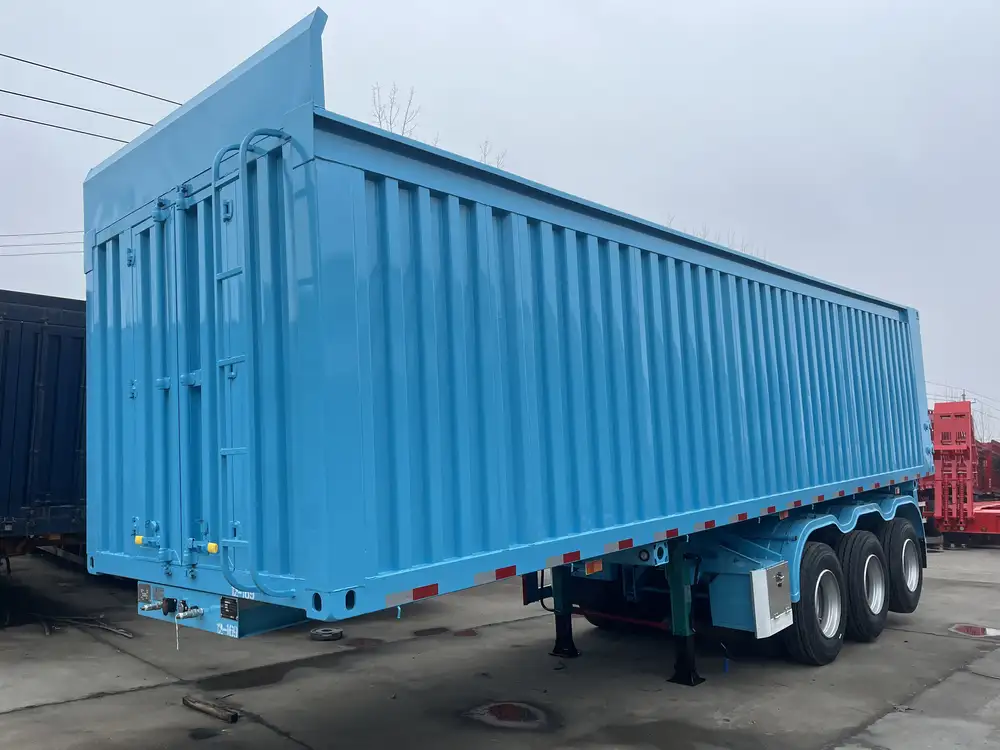
Conclusion: Secure Your Cargo with CarMax Trailer
Properly strapping pallets on a flatbed is a critical component of safe and efficient transportation. By selecting the right equipment, adhering to best practices, and leveraging the expertise and innovations of CarMax Trailer, you can ensure that your cargo remains secure throughout its journey. Investing in effective strapping not only protects your goods but also enhances your operational reliability and compliance with industry standards.
Frequently Asked Questions
1. What types of straps are best for securing heavy pallets on a flatbed?
Answer: Polyester ratchet straps are highly recommended for securing heavy pallets due to their high tensile strength and secure fastening capabilities. They provide consistent tension and are durable enough to handle substantial loads.
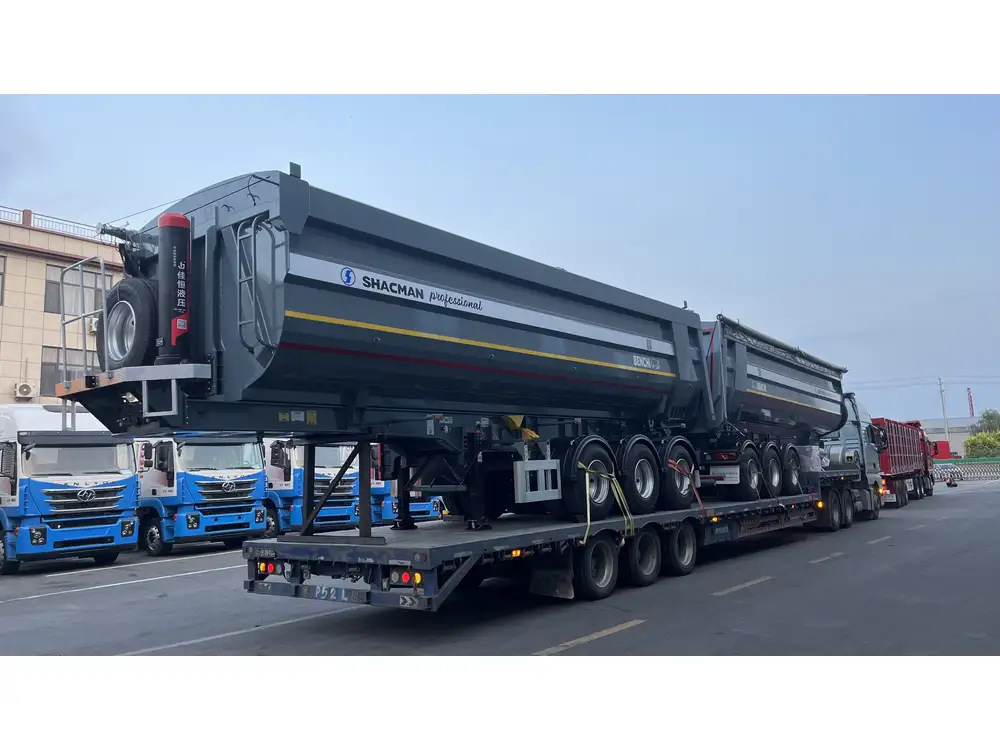
2. How many straps should I use to secure a standard pallet on a flatbed?
Answer: Generally, using at least two straps per pallet is advisable—one at the front and one at the rear. For heavier or more unstable loads, three or more straps may be necessary to ensure optimal stability and security.
3. Can I reuse straps after transporting my pallets?
Answer: Yes, straps can be reused if they are in good condition. It is essential to inspect them for any signs of wear, damage, or fraying before each use. Damaged straps should be replaced immediately to maintain safety standards.
4. What is the best way to tension straps without over-tightening?
Answer: Utilizing ratchet tensioners is the most effective method for achieving the right tension. Ratchets allow for gradual tightening, enabling precise control to secure the load firmly without exceeding the strap’s capacity, thus preventing damage to both the cargo and the straps.
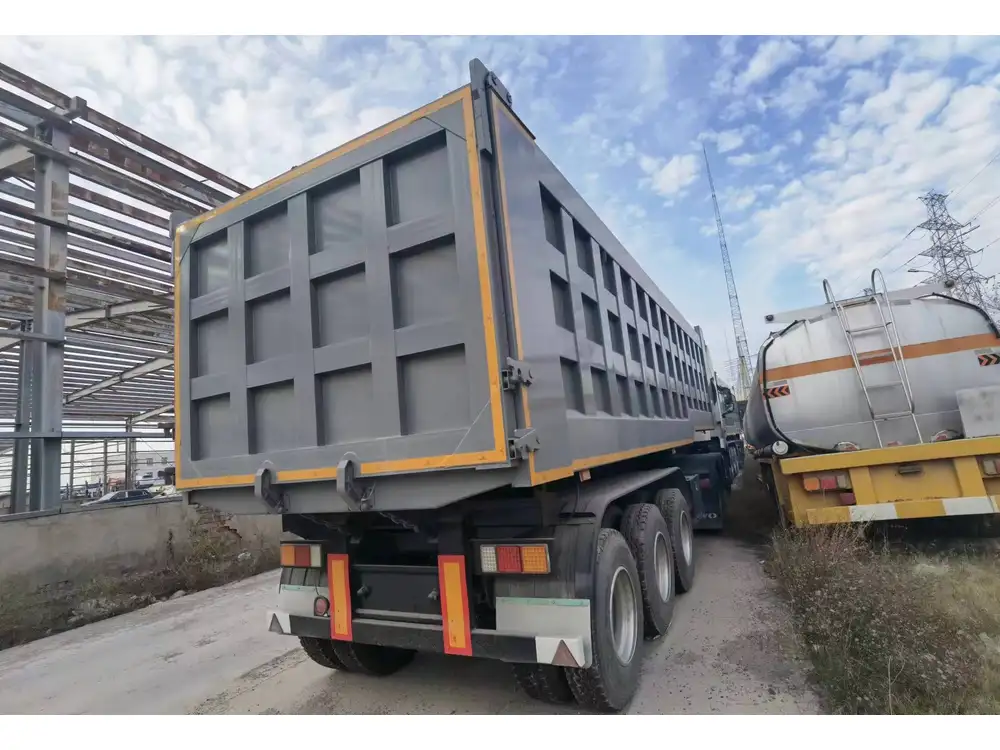
5. How often should I inspect my strapping equipment?
Answer: Strapping equipment should be inspected before and after each use. Regular inspections for signs of wear, fraying, or weakness are crucial to ensure the integrity of the straps. Additionally, a thorough monthly inspection is recommended to identify any potential issues early.



